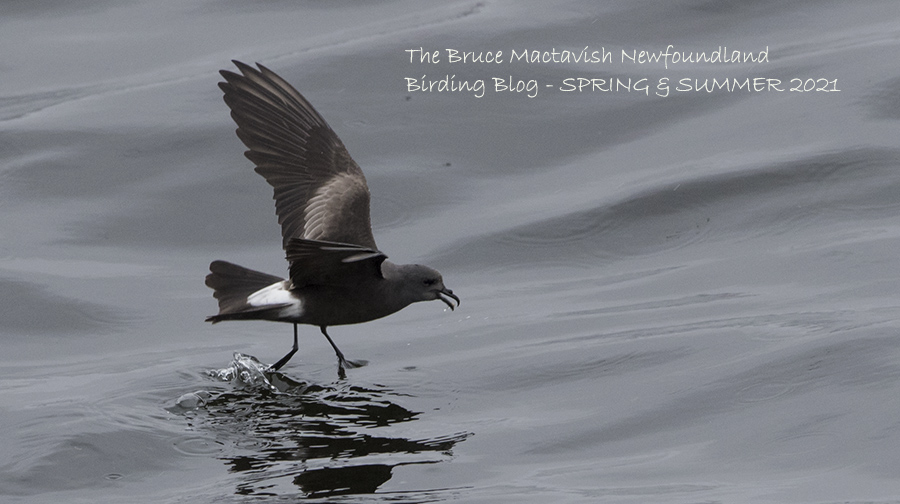There are certain birds you keep in the back of your mind as possible finds during the Autumn vagrant hunting season. When I walk the little wetland at Long Beach Least Bittern is one of the birds I fantasize will flush up. When I am at the back of Mundy Pond, I always scan the edge of the cattails for a Least Bittern clinging onto the vegetation. I remember the story of Don Barton flushing a Least Bittern at Burton's Pond several times in early December eons and eons ago. I was always envious of long time birding buddy John Wells who saw a Least Bittern at Quidi Vidi Lake when he was a teenager in early September 1971! I recalled a story about the legendary Les Tuck being offered a Least Bittern for sale by a fisherman on the St. John's waterfront. Just a couple years ago a photo surfaced from a non-birder of a Least Bittern standing in the middle of a lawn somewhere on the Burin Peninsula. I know there are other records of Least Bittern on file of non-birder encounters with stressed out vagrants. Least Bittern was high on my Mythical Bird Want List. If I died never seeing one in Newfoundland it would have been understood.
On Monday morning Alison Mews texted me at work saying she and Ed Hayden were looking at a probable Green Heron at Virginia Lake. It was an excuse to bolt out of the office even though I'd seen my share of Newfoundland Green Herons but none for a good many years. I got there in 15 minutes. The heron was not in sight.
Where was it? It was clinging on to the side of those cattails over there. WHAT!!!! Are you sure it wasn't a Least Bittern? Did you say you had a picture? As soon as the LCD screen lit up on the back of Alison's camera I saw the brown clump of a bird stuck on to the side of the cattails. Alison you found a LEAST BITTERN !!!!!
Thus began the first of many waits of eternity for a glimpse of a bittern virtually made of dead cattail stalks. Over the following 72 hours pretty everyone in town who was a half birder or more came and saw. It was not a given. At least one person made five visits before connecting. The clumps of cattails were just far enough away on the other side of the lake that the bittern could go about its business without interference from people standing on the other shore with telescopes but it was a little too far for cameras and binoculars.
When in sight it sat grasping onto the cattail stalks in one position for an hour at a time moving only its body when stretching below to catch sticklebacks. It caught many. When we couldn't see it we don't know what it was doing. Probably laughing at us.
An uncropped photo taken with a 1200 mm lens showing the distance challenge which at least made sure the bittern could be its self not knowing it was being watched.
The same picture above after cropping. Going on limited information available I figured it was a male because it had black in the back. But because the black was not fully covering the back it was not a full adult. Because the wing coverts lacked internal markings of a juvenile I am guessing the bird was one year old this summer and now going into its second winter of life.
Thanks Alison.























